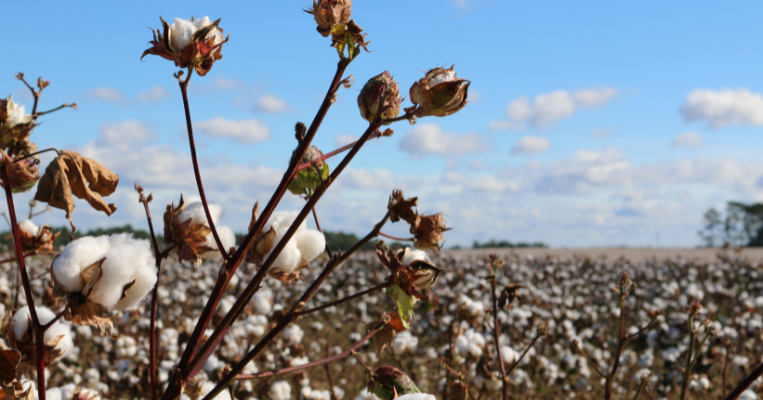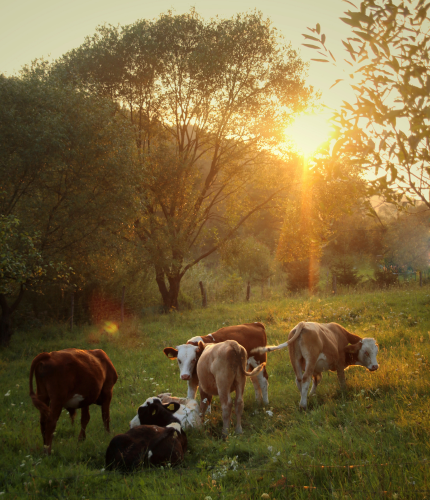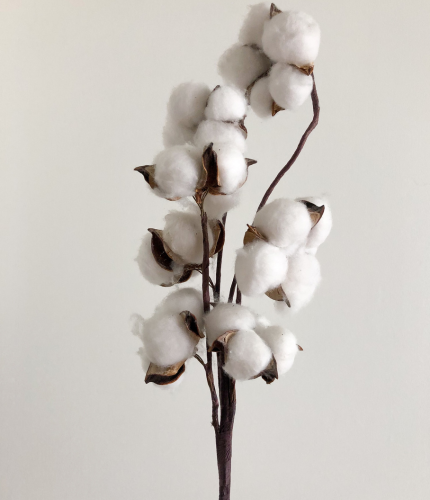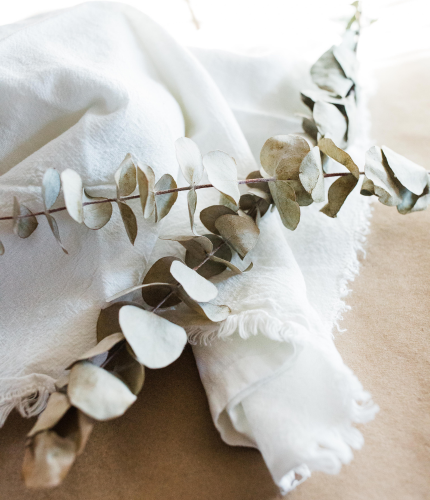
9 June 2023
How To Curate A Plant-Based Wardrobe
Following a vegan lifestyle isn’t just about the food and drink we consume. As well as following a plant-based diet, paying close attention to the clothes we wear can also reduce our impact on the environment.
The clothes in your wardrobe might be made of animal materials like leather, suede, silk, wool, and feathers. If you’re committed to leading a vegan lifestyle, you should think about aligning your fashion choices with your beliefs, and revamp your closet and turn it into a plant-based wardrobe. In today’s blog, I wanted to explore the impact of animal-based clothing – and shine a spotlight on some other materials that are sustainable, vegan, and fashionable.
How the Fashion Industry Treats Animals
It might not seem like it, but the fashion industry is one of the most environmentally-damaging industries out there today. It relies on materials that come from animals, which has both environmental and ethical consequences. Leather, for example, is used to make luxury products – you might already own leather handbags or shoes.
However, the production of leather products involves toxic chemicals and causes deforestation, water pollution, and greenhouse gas emissions. And that’s not to mention the animal cruelty – we wouldn’t have leather without the hides of animals like cows, pigs, goats, and even crocodiles and snakes.
Silk is associated with soft and elegant clothes – this might come as a surprise, but it’s not vegan-friendly. The production of silk involves boiling silkworms or unwinding their silk cocoons – killing countless insects. According to PETA, 3,000 of them are killed to make just one pound of silk.
Similarly, wool comes from sheep, and while they aren’t killed to collect their wool, many sheep are exploited and forced to live in harsh conditions. Some people make an exception for ‘dead wool’ – wool collected from sheep that died of natural causes – but those sheep will still have spent their lives in captivity. Feathers, meanwhile, which are used to make clothes and accessories, are obtained by plucking birds – either while they’re still alive or after they’ve been killed

Crafting Your Plant-Based Wardrobe
To avoid contributing to these practices – and harming both animals and our environment – it’s important to seek vegan alternatives to the clothes in your wardrobe. Fortunately, if you know where to look, there are numerous plant-based materials you can wear, so you can look fashionable without feeling guilty.

Hemp
This versatile plant can be used to create a range of clothing. Hemp fabric is breathable, durable, anti-microbial, and UV-protective, meaning it’s good for you and the environment. Growing it also uses less water and pesticides than more traditional crops.
Linen
This breathable and lightweight fabric is perfect for warm weather, and can absorb up to 20% of its weight in moisture before it feels damn. Linen’s non-allergenic, and is made from the fibres of the flax plant, which is both recyclable and biodegradable.
Other vegan materials
There are a number of other vegan alternatives that you might want to add to your plant-based wardrobe, including some that you’d think would be more at home in your kitchen. Mushroom leather, for example, is a biodegradable material made from mycelium (the roots of mushrooms). It mimics the texture and feel of traditional leather without having to harm any animals. Apple leather is another option, made from the waste products of apple juice and cider.
Cotton
A versatile and widely available natural fibre, cotton can already be found in a variety of clothes. Keep a close eye out for organic cotton, which is grown without the use of dangerous pesticides and fertilisers, making it much better for the environment.
Bamboo
This isn’t just for pandas – bamboo fabric is growing in popularity due to its softness, its breathability, and its eco-friendly qualities. A fast-growing plant, bamboo doesn’t need much water or any pesticides.
Denim
It’s already a staple in many wardrobes, so don’t worry – you can still have denim in your plant-based wardrobe. It can be sourced from plant-based materials like organic cotton or hemp, which are both more sustainable than conventional denim.

More and more fashion brands are looking for sustainable cruelty-free alternatives to leather, using materials like seaweed, pineapple fibres, and cactus leaves. These plant-based leathers could be the future of fashion, offering people a cruelty-free and sustainable option without having to compromise when it comes to style.
By using these vegan materials, not only will you be reducing the harm caused to animals, but you’ll be contributing to a more environmentally-friendly fashion industry. It’s not all about just wearing eco-friendly materials, though – I try to make an effort to support ethical or fair-trade brands, and love buying second-hand or vintage clothing.
Embracing a vegan lifestyle goes beyond the food on our plates. Curating a plant-based wardrobe is important as it helps the environment and lets us wear our ethics on our sleeves – literally. By avoiding animal-based materials like leather, silk or wool, and sourcing vegan alternatives instead, we can help foster a more compassionate fashion industry. Let’s choose clothes that reflect our values, and show the world that fashion can be both stylish and cruelty-free.
